Let's talk about how to use a DI box and a reamp box and what they are doing under the hood.
True Bypass vs Buffer Bypass : understanding your guitar pedal's signal path
A huge number of guitar pedals on the market today are labeled as “true bypass.” While the term often appears on the pedal's casing, many manufacturers rarely take the time to explain what it actually means. Does “true bypass” mean a truer, more natural tone? Let's dive in and demystify the concept.
1. What is bypass ?
First things first: what is “bypass”? In simple terms, it refers to what happens when an effect pedal is turned off. The word itself means to “go around” or “circumvent.” So when your pedal is disengaged, the audio signal should theoretically pass through the pedal without being affected. In most pedals with a status LED, the light turns off when the effect is bypassed. Internally, this is usually handled by a footswitch that routes the output jack either to the pedal’s circuit (when activated) or directly to the input jack (when bypassed). This design can be found on vintage pedals like early Electro-Harmonix or DOD models.
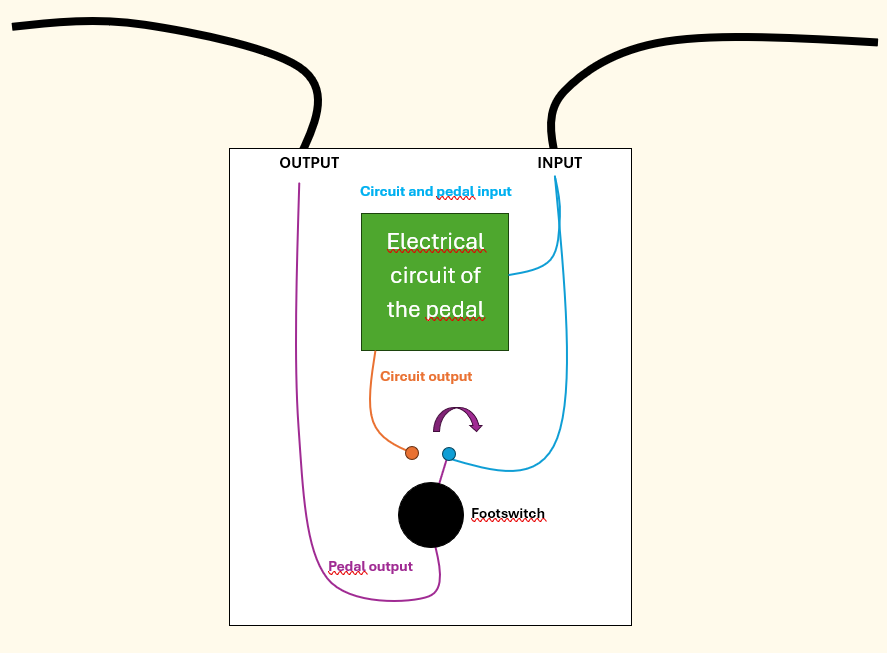
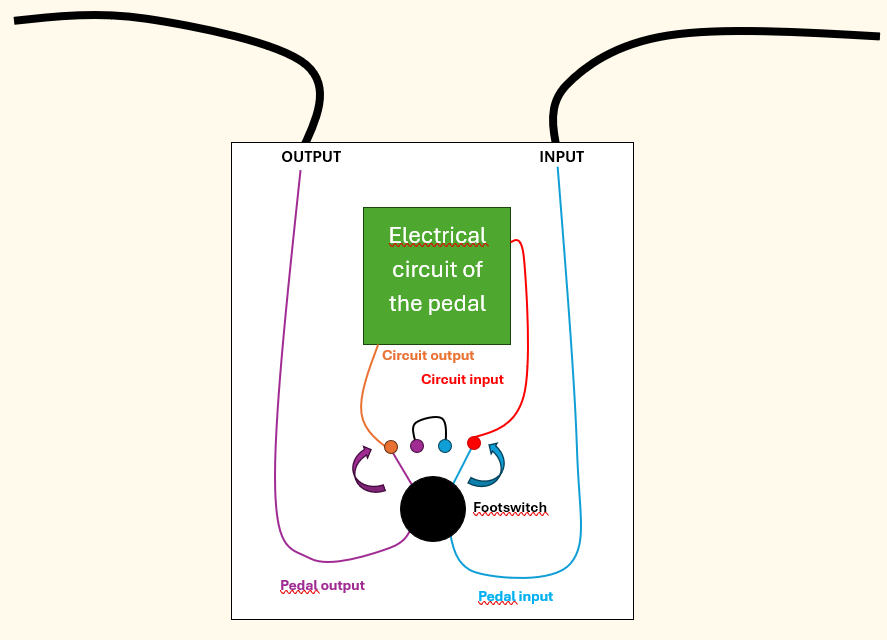
The footswitch connects the output of the pedal either to the circuit output (pedal engaged), or to the pedal input (pedal bypass).
This type of bypass setup uses the footswitch to control the output connection. However, the input remains constantly connected to the circuit—even when the effect is off. That’s not a problem with one or two pedals, but when you start stacking several effects on a pedalboard, the overall input impedance drops. What does that mean in real terms? You might notice loss of high frequencies (treble roll-off), reduced volume, dull attack and dynamic response. The more pedals you add, the more your tone can suffer—even when they’re all turned off.
2. True bypass demystified
When boutique pedal builders began challenging the flaws of older designs, they introduced a better solution: true bypass. The idea was to eliminate any connection between the pedal’s circuit and your signal path when the effect is off. With true bypass, the footswitch doesn’t just control the output—it also completely disconnects the input from the circuit. Your guitar signal is routed straight from the input jack to the output jack, as if the pedal wasn't there at all.
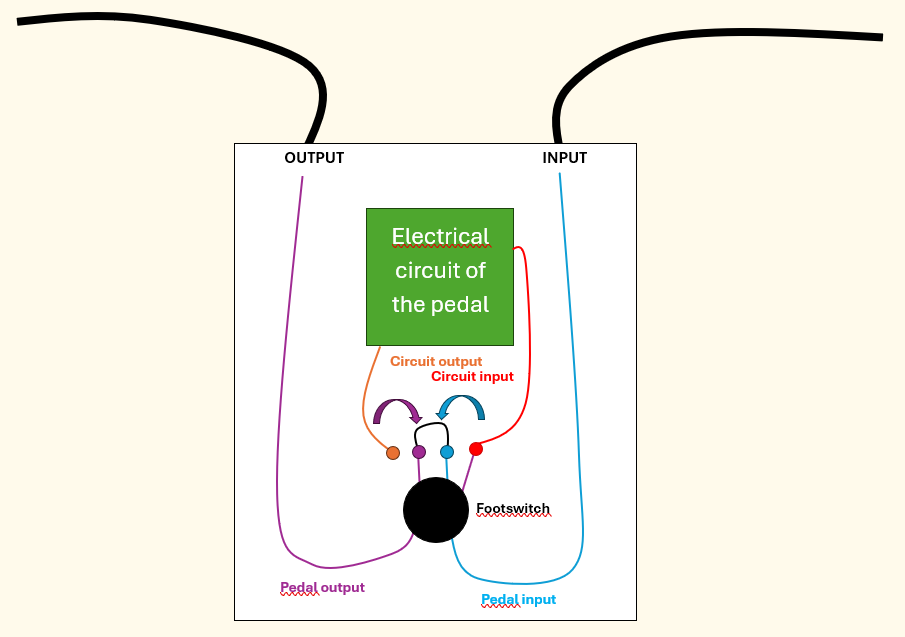

The footswitch connects both the input and output either to the circuit board of the effect (pedal engaged) or together, leaving the rest of the electronics alone (pedal bypassed).
This results in a completely transparent bypass that preserves your tone better, with more clarity, a better high-end response and stronger dynamics. Some pedals use mechanical footswitches to achieve this, while others use relay switching, sometimes referred to as relay bypass. The latter provides the same true bypass function with better durability over time.
2. What about buffered bypass ?
Even with a fully true bypass signal chain, you can still experience tone loss. Why? Because long cable runs (between your guitar, pedals, and amp) cause capacitive loading, which dulls your sound—especially when multiple pedals are switched off. In other words: true bypass isn’t a perfect solution in itself. I explain this tone loss issue in great detail here.
That’s where buffered bypass comes in. A buffer is a small active circuit that boosts your signal to help maintain tone across longer cable runs. It’s not true bypass, but it preserves dynamics and treble more effectively in large setups. Bufferred bypass is commonly found in most Boss, Ibanez and Maxon pedals, as well as the legendary Klon Centaur which is famous for its buffer too !
Many modern pedals let you choose between true bypass and buffered bypass via internal switches or jumpers. Some tuners even include high-quality buffers to preserve your tone when they're not in use. A great tip is, you can also use a dedicated buffer pedal, placed near the beginning of your chain (after any fuzz pedals), and another at the end. This is often the best way to maintain consistent tone across your whole board.
There are other names and variations you might encounter, like the "millenium bypass", which is a true bypass circuit that also controls the LED indicator using clever transistor logic, without the need for a large footswitch. The "klon bypass" is just a buffered bypass that uses the same circuit as the Klon Centaur, and same goes for so-called "enhanced bypass" on Fulltone's latest OCD overdrive. Don’t be confused by all the branding—at the end of the day, these are standard circuits that fall into the categories of either true or buffered bypass.
True bypass completely disconnects the effect from your signal path when off, helping preserve tone, clarity, and dynamics. But remember, cable length and the number of pedals still matter. If you're losing treble or punch, consider adding a buffered bypass or a dedicated buffer pedal to your rig. Still unsure how to build the perfect pedalboard for stage use? Wait a bit more as I will write an article dedicated to that exact question ! In the meantime, if you have any question or want to share your point of view, feel free to do so in the comment section below !



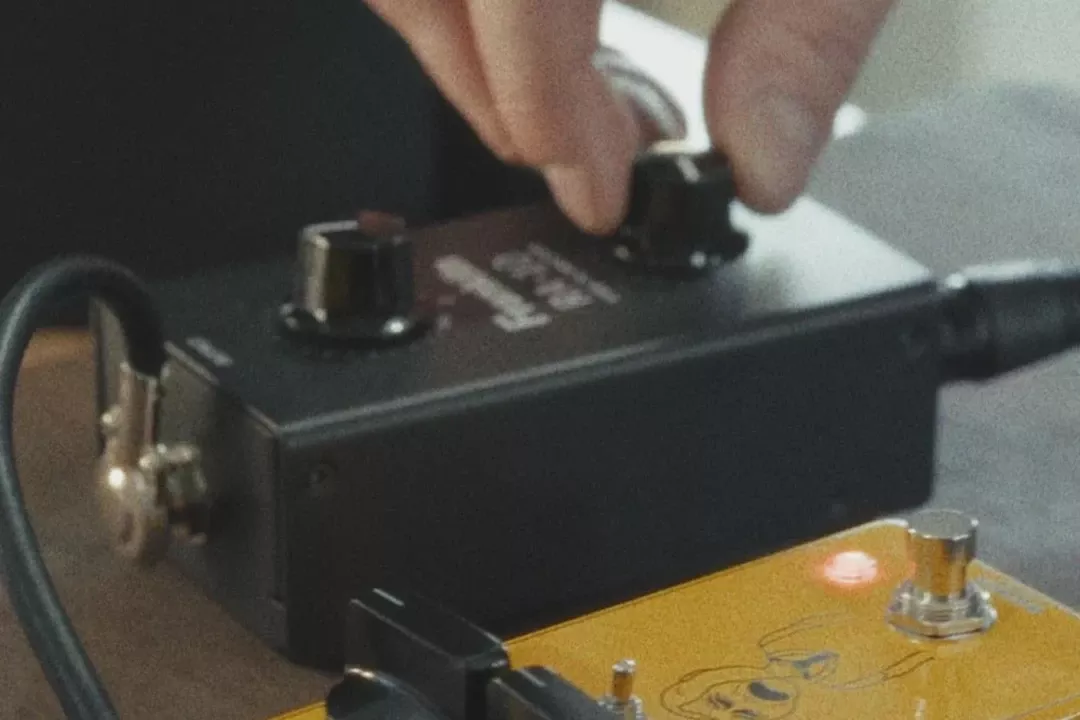
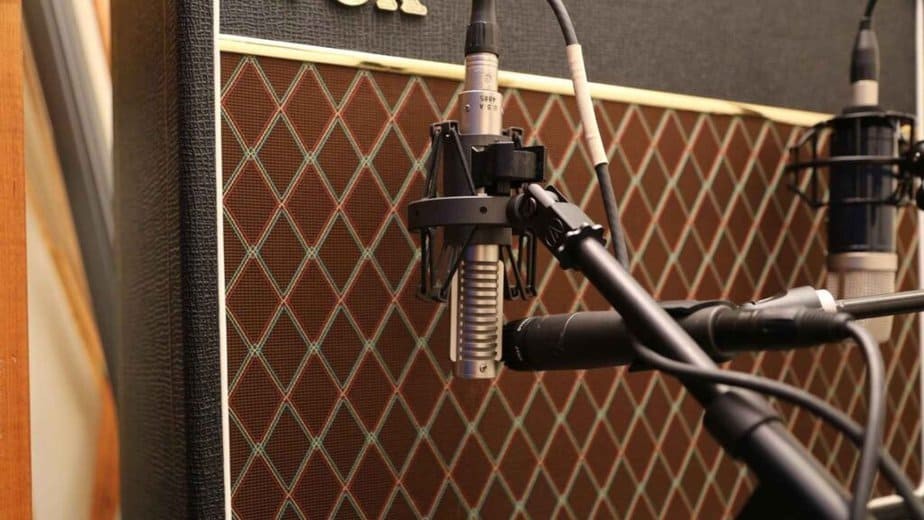
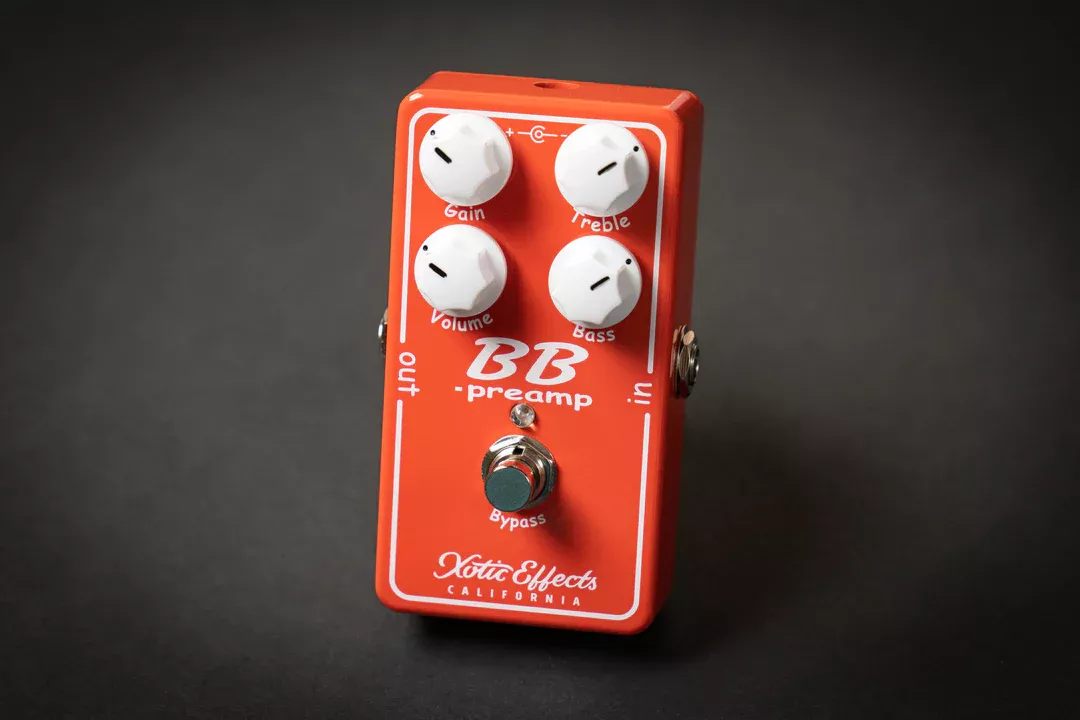
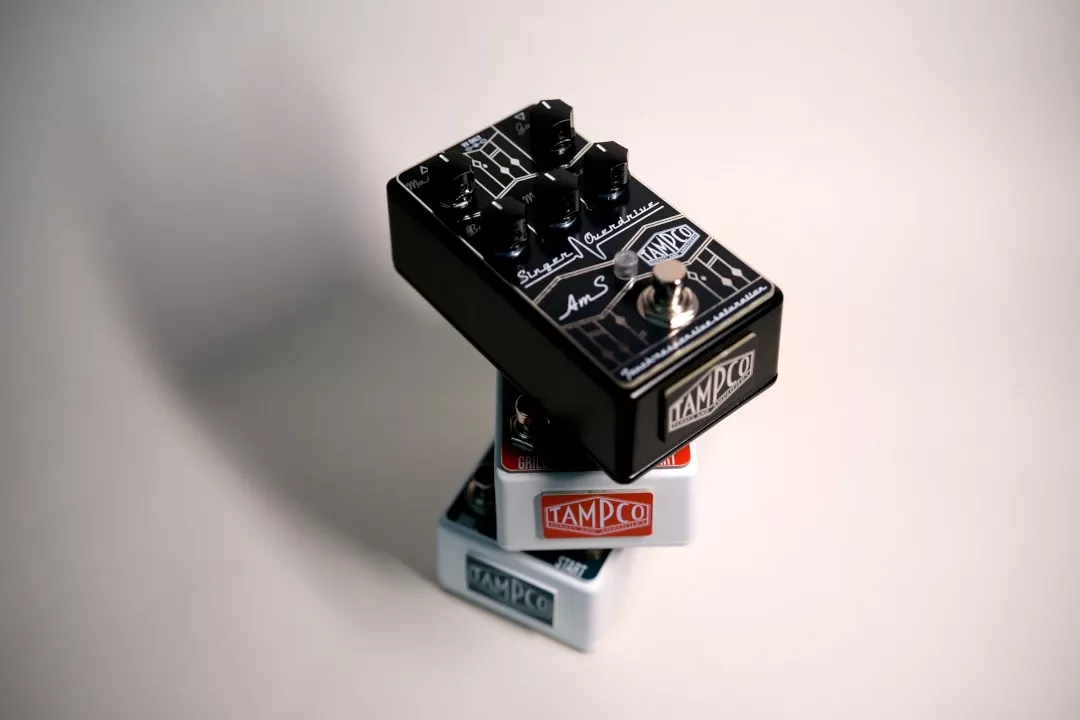
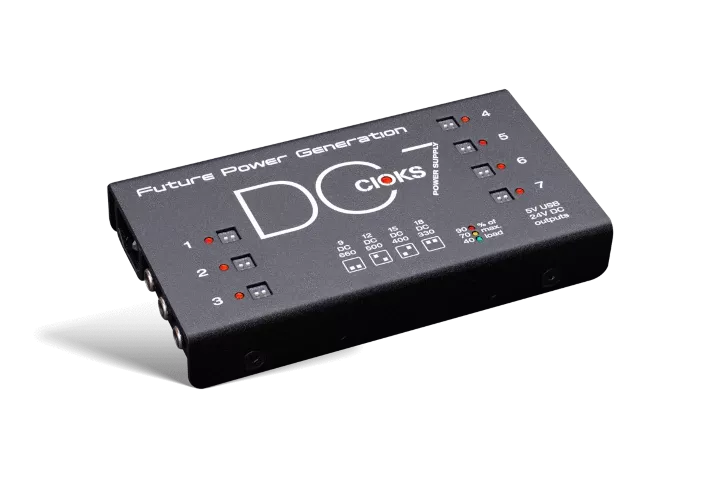
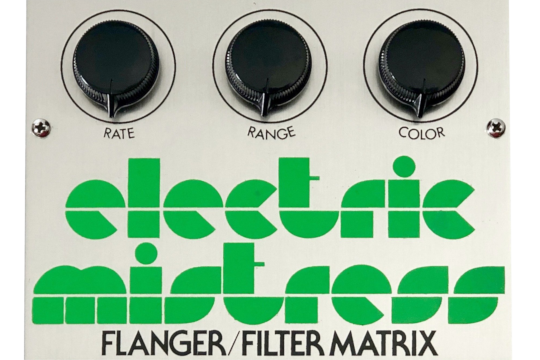
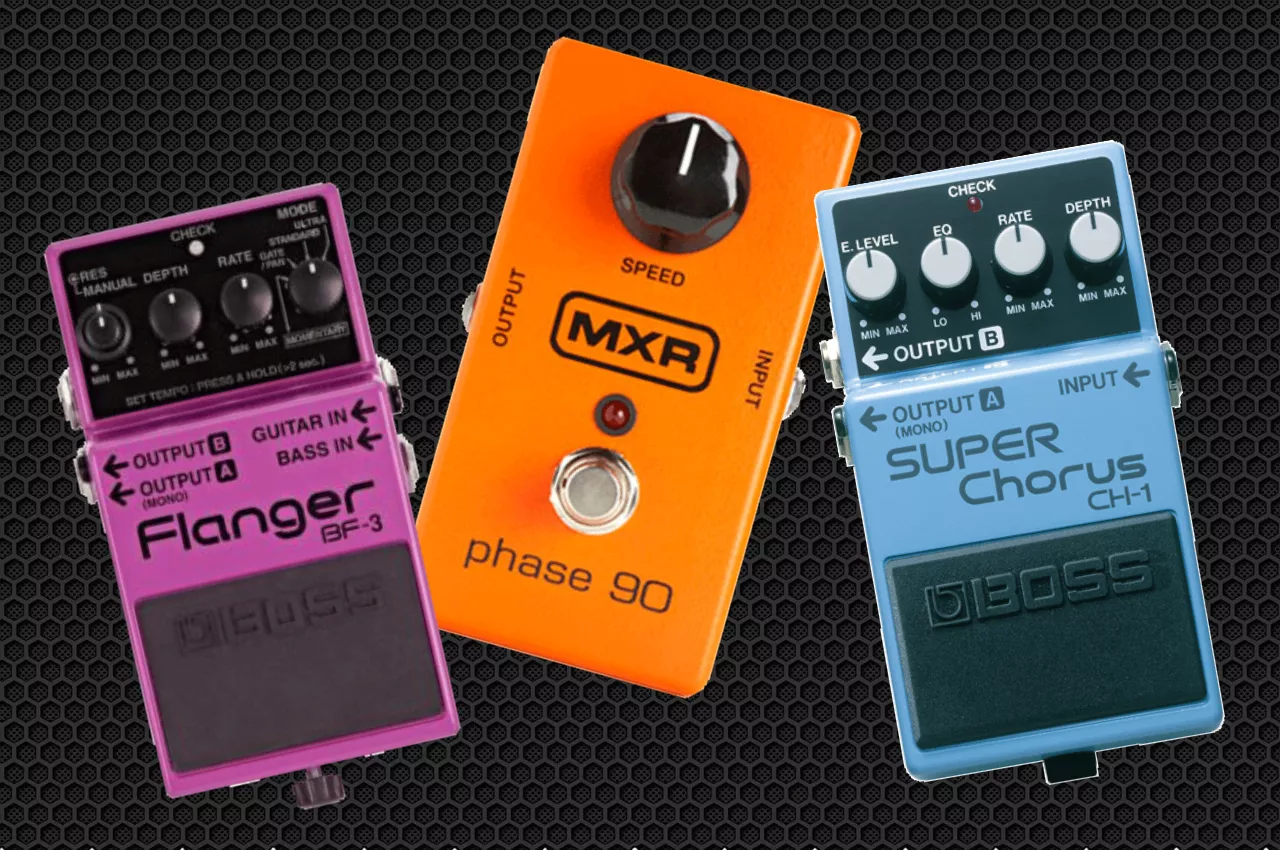
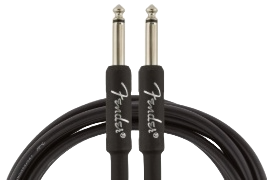
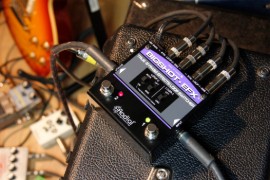
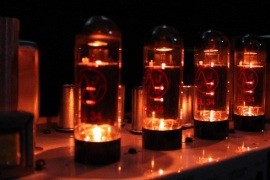
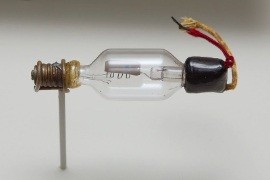
Leave a comment